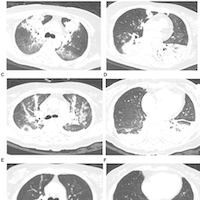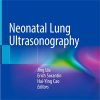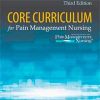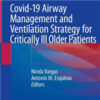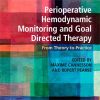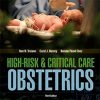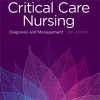COVID-19 Patients with Respiratory Failure: What Can We Learn From Aviation Medicine?
ncbi.nlm.nih.gov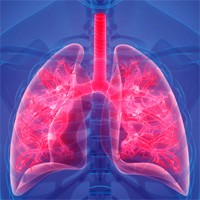
Patients with COVID-19 may present to hospitals and emergency medical services with an atypical form of acute respiratory distress syndrome (ARDS).
Although anecdotal, a common clinical pattern has emerged, with a remarkable discrepancy between relatively well preserved lung compliance and a severely compromised pulmonary gas exchange, leading to grave hypoxaemia yet without proportional signs of respiratory distress.
The compensatory ventilatory response to hypoxaemia, increased minute ventilation, may lead to extreme hypocapnia. Carbon dioxide (CO2) diffuses through tissues about 20 times more rapidly than does oxygen (O2), and these properties likely underlie the disproportional pulmonary exchange of CO2 and O2 in these patients.
The pathoanatomical and pathophysiological basis for respiratory failure in COVID-19 is yet undetermined, but diffuse alveolar damage with interstitial thickening leading to compromised gas exchange is a plausible mechanism. Varying degrees of atelectasis and consolidation likely contribute.



